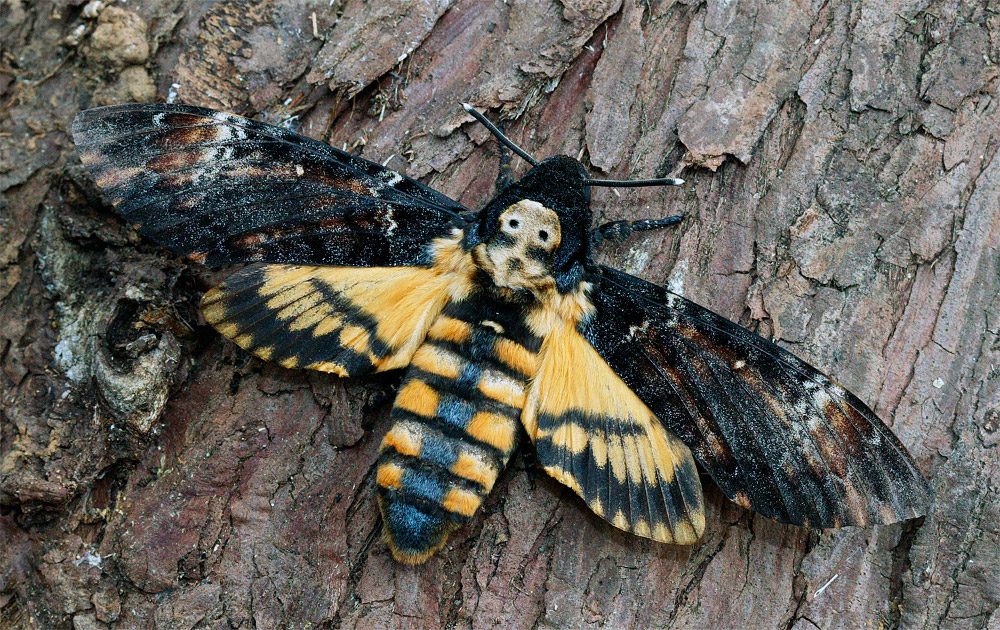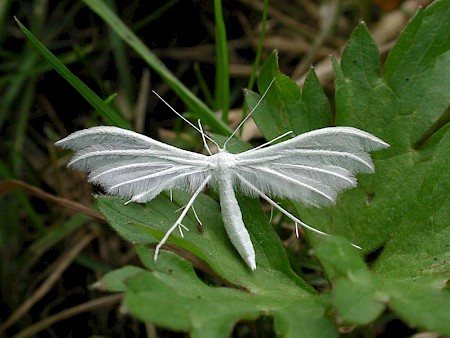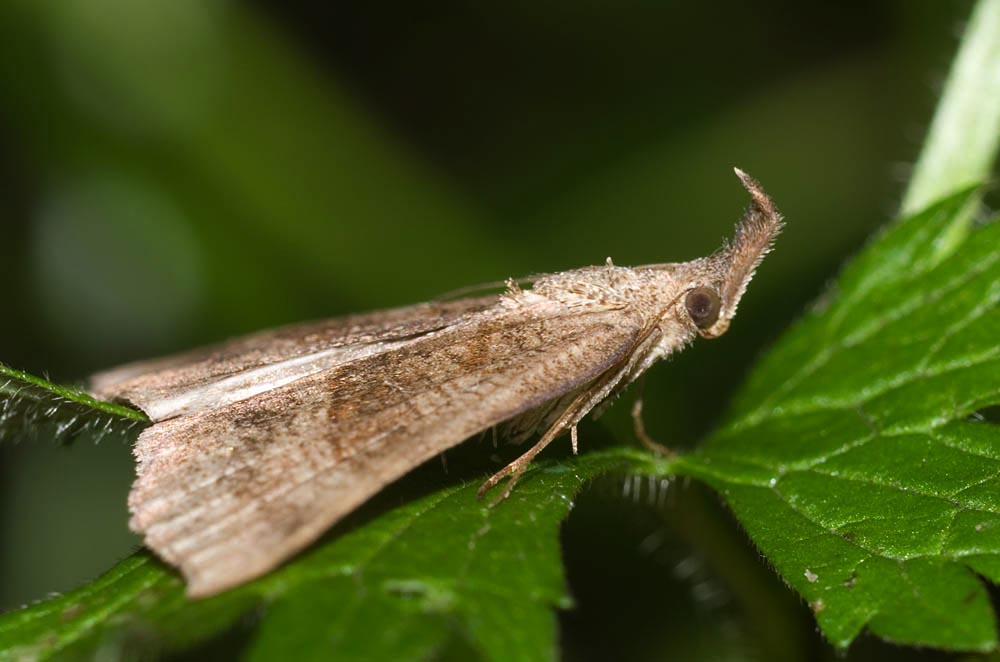At the beginning of August I bought a Robinson Moth Trap and re-engaged with a childhood passion for moths. The traps are the same design as they were in the 1960s; a circular box
under powerful 150 watt Mercury vapour light.
The moths slip down a funnel and settle on egg trays inside the trap. It is estimated that the average
British Garden has about 500 species of moths and butterflies, in less than a month I have already built up a list of over 100 species.
On the first night of operation, 2nd August, I caught an Elephant hawk moth. These huge moths are the colour of Willow-herb flowers
 |
| Elephant Hawk-moth |
and have caterpillars that look like elephants.
 |
| image: http://3.bp.blogspot.com |
 |
| The Deaths Head Hawk-moth image : twitter |
I have heard that the Death Head moths squeak when handled however they are very rare visitors to Pembrokeshire and you would be very lucky to find one in your garden. Your garden probably hosts some other spectacular hawkmoths, about a week ago I caught this newly emerged Poplar hawkmoth. My picture does not show the beautiful red ochre on its underwings that it flashes when disturbed. Many moths have colourful underwings.
 |
| Poplar Hawk-moth |
Some indigenous hawkmoth species are not found in the autumn but it is not too late to see the Convolulus Hawk-moths that have been flying in from Europe and North Africa. Last week specimens were caught in moth traps on Skomer island and at St Ishmaels.
 |
| Convolulus Hawk-moth image: Norfolk Moths |
At this time of year it is common to see another immigrant species, the little Hummingbird hawkmoths which are day flying and behave like hummingbirds, hovering from flower to flower sipping nectar as they go. They love lavender and might almost be mistaken for bumblebees.
 |
| Hummingbird hawk-moth (photo Wikipedia) |
In Britain we have about 60 species of butterflies and 2,500 species of moths. I have always thought our moths are more beautiful and more interesting than our butterflies, perhaps it is simply that there is a wider choice. The Ruby Tiger was another moth I caught on my first night, they are as charming as their name suggests
 | |||
| Ruby Tiger; pic UK moths |
Tiger moths have furry caterpillars called Woolly Bears, the large flamboyant Garden Tiger Moth is one of our most common tiger moth. I have not caught one in my trap yet but I know they are here because I have seen their caterpillars.
 |
| Garden Tiger Moth |
The Victorians did a wonderful job differentiating the
species that often look very similar, their task was made harder by the huge
variations of wing patterns that often overlap with other species. The early
lepidopterists made huge collections of butterflies and moths and some British
species of butterflies were wiped out by over-enthusiastic butterfly
collectors. When I was a boy in the 1960s moth collecting was an unusual
and solitary hobby, I taught myself to set my moths on boards and keep a
collection of the different species, but I was not good at it and I had no
contact with other lepidopterists who could have helped me.
It has been a big surprise to discover how the internet has made the hobby
modern, social and easy. Today's books have higher
definition pictures and pictures of moths in resting positions as well as with
their wings out, today's lepidopterists have a camera out by their traps and
keep records of the unusual moths they catch. If we still cannot identify
a species we can ask advice by posting our often bad photographs on twitter and
forums, it all happens very smoothly in real time. A lot of the delight
is in sharing our images and reading news of the most beautiful species
around. This mothly beauty comes in so many different forms; for instance
take this Blood Vein that was settled on a leaf next to my trap
 |
| Blood Vein Timandra comae |
The Blood Vein are about the size of a 10p piece and they look as if they are made of delicate translucent lustred paper.
One of my favourite groups are the Carpets, their wings are patterned with very subtle pallets of colours. This moth, which is small than a Blood Vein, is a Flame Carpet.
 |
| Flame Carpet Xanthorhoe briviata |
Another common Carpet are the Small Phoenix
 |
| Small Phoenix Ecliptopera silaceata caught at Lampeter Velfrey |
Last night I caught a Green Carpet, they are a very common.
 |
| Green Carpet pic: Badbury Rings | Dorset Butterflies |
The moths just go on getting smaller and smaller. At school I took no interest in "micros", I had no books and they were too small. Modern cameras have changed all that, using super-macro auto focus it is possible to capture their extraordinary beauty and architecture in great detail. This one was under a Centimetre long and looked like Concord.
 |
| Agriphila straminella |
| Garden Rose Tortrix Acleris variegana pic: naturespot.org.uk |
The micros are harder to identify and have difficult to
remember Latin names, this adds an extra level to the challenge. The
lepidoptera blogs are full of conversations between fully committed enthusiasts
about these tiny creatures. The conversations turn on how they hold their
wings, food plants, when they were last recorded in the area and their peculiar
lifecycles, and there is humour. This comment appeared on the
Pembrokeshire Moth New Forum:
 |
| White Plume Moth Pterophorus pentadactyla - pic UKmoths |
My dyslexia and time restraints prevent me from getting too involved with micros.
As you will have noticed the Victorians were very good at naming the moths. The Thorns are orangey with scalloped wings that they hold up like a butterfly, there are Early Thorns, August Thorns, September Thorns, Large Thorns, Purple Thorns, and of course the Canary Shouldered Thorn. This Thorn is exactly as described
 |
| Canary Shouldered Thorn Ennomos alnaria |
Another aptly name moth is "the Snout"
 |
| The Snout Hypena proboscidalis pic UKmoths.org |
Some moths are so soft that they look like pussy cats or kittens, so it is natural that we call them Puss moths and Kittens. I caught this Sallow Kitten a few nights ago
 |
| Sallow Kitten Furcula furcula Lampeter Velfrey Aug 2017 |
Colour is important, we call these moths Emeralds
| Emerald |
and others get their names from characteristic markings, famously one moth is called "the Setacious Hebrew Character" and another is the Spectacle moth which looks back at us through glasses
 |
| Spectacle moth Abrostolata tripartita pic: suffolknaturalist.co |
and other moths have marking that remind us of flowers, yesterday I caught a Peach Blossom moth
 |
| Peach Blossom Moth Thyatira batis http://butterfly-conservation.org |
there is the shape, like this majestic Oak Hook Tip
 |
| Oak Hook-tip, Watsonalla binaria http://colinknight.blogspot.co.uk |
a common visitor is the Pale Prominent which look like a bit of old twig
 |
| Pale Prominent Pterostoma palpina pic David Fenwick |
Taking an interest in moths is inexpensive and opens our
eyes to a wonderful world of creatures that we almost do not notice living in our
gardens. It is an interest that stimulates ever deeper interaction
with nature, soon we find ourselves looking more closely at the other insects and find a
variety of exotic species we hardly ever noticed before, like these harmless
scorpion flies that are all over our gardens just now.
 |
| Scorpion Fly pic warrenphotographic.co.uk |
An interest in moths is about science and beauty, it
connects with our past and it helps us monitor our environment for future
generations, but most of all it is all engrossing, rewarding and spiritually
worthwhile.
Links
Pembrokeshire Moth News : https://www.tapatalk.com/groups/pembrokeshiremothnews/index.php?sid=40a0016841fdfbf4686c86723e109329
Ceredigian Moths http://ceredigionmoths.blogspot.co.uk/
Carmarthen Moths Carmarthenshire Moths.blogspot
Glamorgan Moth Group http://gmrg-vc41moths.blogspot.co.uk/
Entomological Equipment www.angleps.com


No comments:
Post a Comment